Sun sunspots can not only create beautiful aurora, but also bring sun storms
Author:Astronomy online Time:2022.08.20
The sun has spots. This article will introduce our existing research on them.
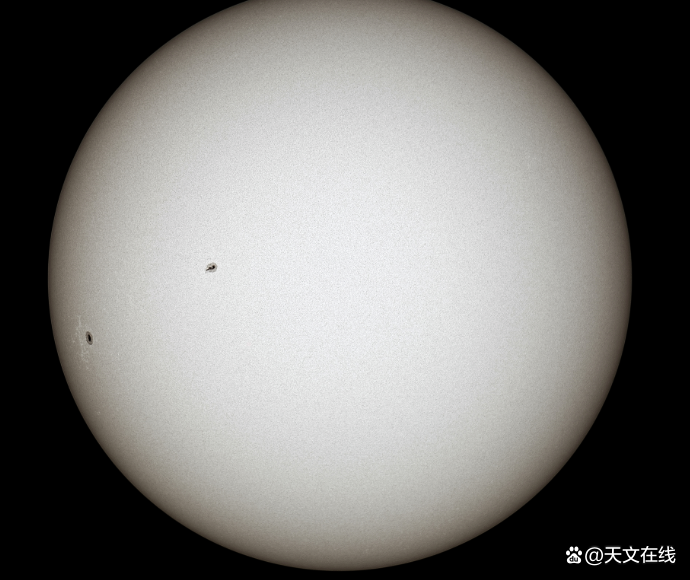
At present, the most powerful solar telescope, the well -built sun telescope, released the first high -definition details of the sunspots in the sun in December 2020.
Picture source: nSO/AURA/NSF
Sun sunspots are the most eye -catching one of the characteristics of all solar characteristics.
Before the telescope was invented, there were a lot of records about the black areas of the sun surface of the solar surface in the ancient books. During sunrise and sunset. The ancient Chinese often referred to these black areas as "birds".
When Galileo used his homemade rough telescope to observe the sun in 1610, he was blind for a full week, and his vision was permanently damaged. But he found a solution: he darkened the room as a whole, placed the telescope on an opening of the shutter, and then projected the image of the sun to a piece of paper. In this way, he can safely obtain the image of the sun and track the trace of the sun sunspots. In the continuous observation for many consecutive days, the sun sunspot crossed the surface of the sun, and it disappeared on one side and reappeared on the other side of the sun. Obviously the sun rotates around a shaft like the earth.
In the observation of the sun, scientists have speculated that the sun rotates the fastest in the equator. Compared with 29 days of rotation in the bipolar, the sun rotates in the equator for only 25 days.

the difference
The impression of the Sun Kuroko was the black hole carved on the surface of the sun. The temperature of the solar surface (referred to as light balls) is about 11,000 bria (6100 degrees Celsius). But the sun sunspots are relatively lower, with an average of about 8000 Variance (4400 degrees Celsius). Because of its low temperature, compared with the surrounding area of Kuroko, the area of it will be black, so there will be less light emitted on the area where it is located on the surface of the sun.

There is no doubt that if you can peel the sun sunspots from the surface of the sun and place it independently in the air in some way, then it will light up as the moon is in the full moon.
The black irregular center of the sun, or the film, can from about 900 miles (1400 kilometers) to more than 50,000 miles (80,000 kilometers). It is surrounded by a relatively dark area, which is called half shadow. Half shadow is usually more than twice the area of the sunspots, and this area can easily cover up 20 earth. These points frequently travel in pairs or clusters of incandescent gases. They will grow quickly and slowly disappear.
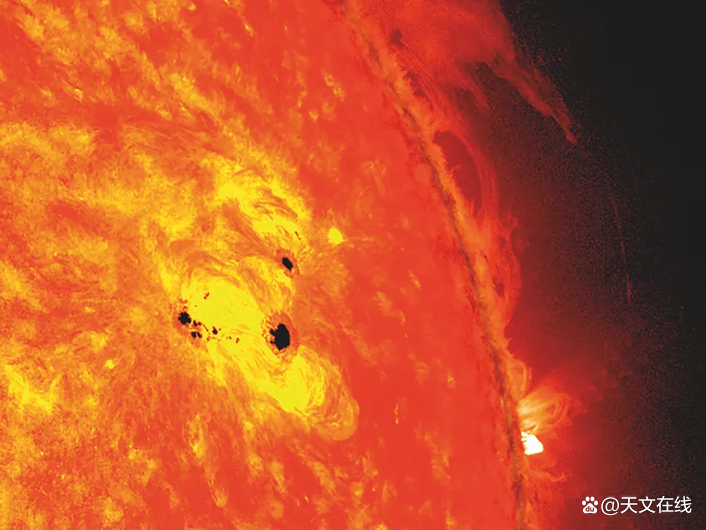
The sun sunspots are manifested as the black spots on the surface of chaotic.
Picture source: NASA
Magnetic field storm
Although astronomers have studied sunspots for hundreds of years, the accurate cause of sunspots is still a mystery. They have a very strong magnetic field and will evolve into a solar storm, which may be caused by stronger periodic changes. On September 1, 1859, British astronomer Richard C. Carrington was drawing a sun sunspot map. In order to reduce the blindness of the sun, he filtered the solar image in his telescope. Suddenly, two brilliant light spots appeared among the sunspots.
At first Carlidon believed that his filtering device had a gap that caused the sunlight to pass through, but these light spots became brighter and brighter. This made him the first person to see the sun. The sun's spots occur on the hot air intermittent spring caused by the sudden energy release of the sun. The magnetic needles of all observation stations around the world have failed within a few minutes and began to dance.
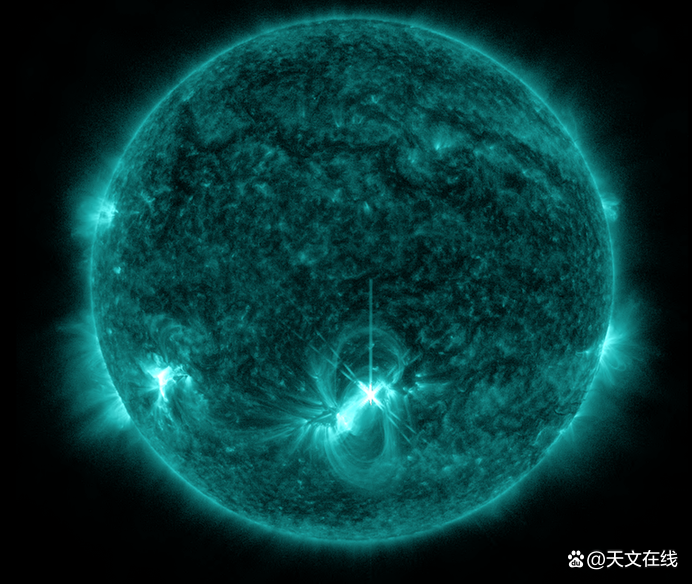
On May 10, 2022, the latest capture of the sun's spots.
Picture source: NASA
Since then, the relationship between the sun and the sunspots of the sun has been established. In most cases, the more places where the sunspots are, the greater the sun. In a short period of time after the outbreak of the spots, large charged particles flow through the interstellar at a speed of 2 million miles per hour (3.2 million kilometers per hour) and above, and eventually collide with the thin gas in the high -level atmosphere. These gases will burn into a colorful "battlefield", with arc -type flowing lights, which are also called northern lights.
Most Aurora will appear near the magnetic pole of the Geophnic Arctic region. In a few cases, it benefits from the impact of the large sun sunspots or the sun's spots. Its visible area will expand to Canada and central United States or even reach the southern region of the United States. (The northern light generated by the spots observed observed by Karlington can also be observed in the more southern Caribbean area!) But with this spectacular performance of the sky, this electromagnetic disturbance will send the surge to the earth's atmosphere, and this will be Not only will it block radio exchanges, but also leads to the circuit breaker of public institutional companies. In March 1989, Quebec, Canada encountered such emergencies and powered off for nine hours.
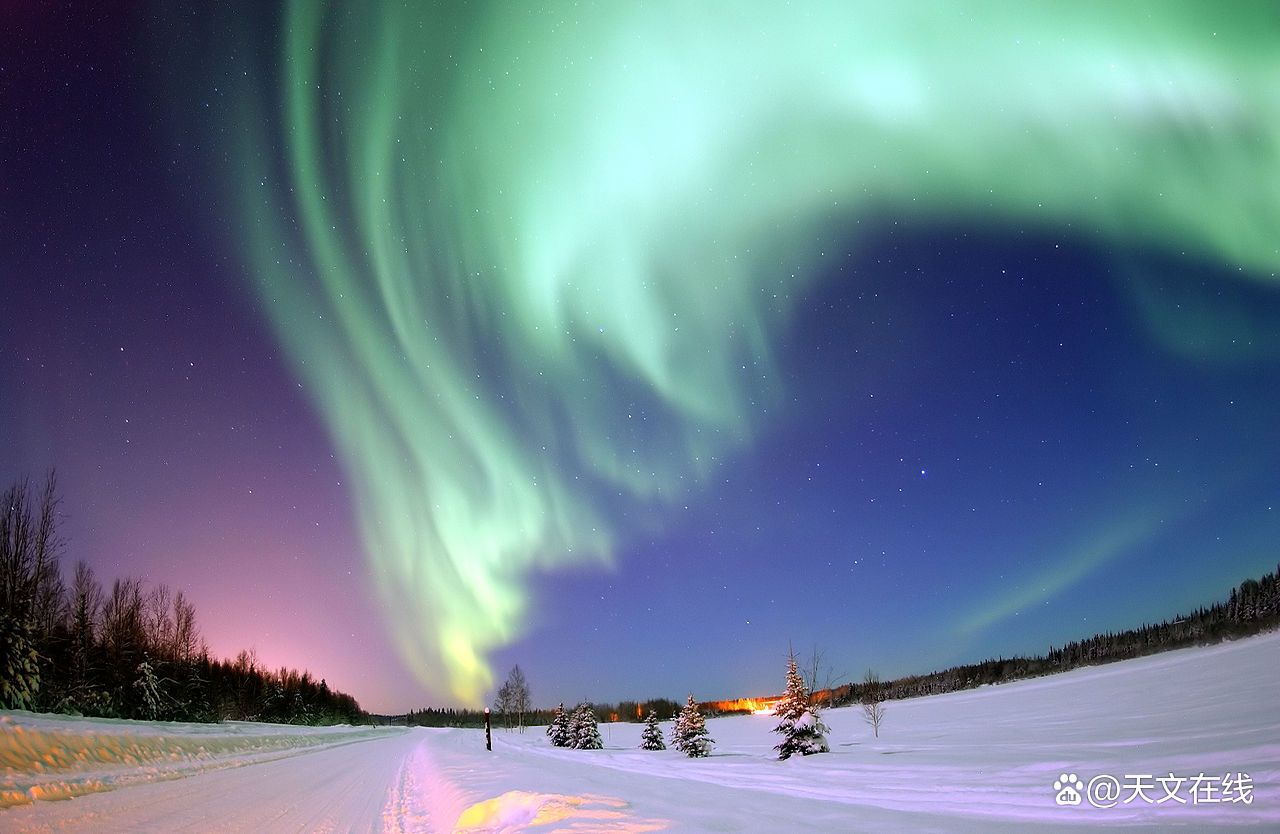
aurora.
Picture source: Wikipedia Encyclopedia
Periodic spots
Heinrich Schwabe, Germany, is a person who discovers the sun cycle. At first he just wanted to complete the daily observation of the sun from 1825, and hoped to discover a planet that traversed through the Sunpad on the rail of Mercury. Unfortunately, this planet does not exist, but during the 17 years of observation, Schwabe recorded the appearance of every sunny sun disk and recorded every point and spots he could see, regardless of size. Gradually, Schwaber discovered a unique cycle -a 11 -year -old sunspot activity increase or decrease cycle. Since then, anything that can be imagined has been related to the 11 -year -old Sun Kurosaki cycle: stock market, war, major epidemic diseases, whiskey prices and even Canadian fur animals. Sun Kuroko Butterfly Picture.

Picture source: NASA
Will sunspots affect our climate?
Some scientists believe that the sun sunspots affect our climate. In the late nineteenth century, there were two astronomers, Edward Maunder and Gustav SPöer, who published an article pointed out that the event of Sun Kuroko's event from 1645 to 1715 was Extremely rare. Interestingly, the interval between the 70 years is exactly the time to coincide with the intermediate part of the "small ice period". During this period, Europe and North America are experiencing the cold that is far lower than the average temperature.
However, in the past few decades, astronomers have noticed that the sun has experienced long -term different activities that have no usual sunspots, and even the number of sunspots in the Sun Peak in 2014 is 36%lower than the normal value. Some people think that we are at the beginning of the activity of another rarely in the activity of another sun sunspots similar to 375 years ago. The end result is another extremely cold weather called "global cooling".
However, there are many environmentalists who have the opposite view. They pointed out that during the small ice of the Xiaobinghe in the late 17th century and the beginning of the eighteenth century, it was more likely to be caused by unusual global high -level volcanic activities. Volcanic activities erupted a large amount of volcanic ash into clouds and fluttering in the atmosphere. According to research by the US Aerospace Agency, these gas -fog clouds are shown in the atmosphere like a cover and reduced the sunlight, and this should be the most likely cause of the small ice period.
Anyway, this is still a controversial issue.
New tool for solar forecast
In 2007, the Space Environment Center changed its name to the Space Climate Forecast Center, and recently it added a new, pioneering space weather forecast model to its work kit, the purpose is to improve the forecast ability and further protect the United States from being exempted from space. Harmly invasion of weather.
This new tool for the full-level model-ionized plasma and plasma electrodynamics (WAM-IPE) space weather prediction model will predict the upper levels of the earth's upper levels to the solar storm and geomagnetic storm. It will help predict the full electronic content, and this is a very important data for communication and navigation systems. This new central density field product will be very helpful for satellite operators and ground tracking systems.
The latest output of this model can be checked through the official website of the Space Climate Forecast Center (SWPC).
"Only inadequate preparations will make bad weather raging." Jake Bleacher, chief scientist of Human Exploration and Mission Action Action Action Action Action Action Action Action Action Action. "This is how space weather is -our job is to be prepared."
Internal office image of the Space Climate Forecast Center
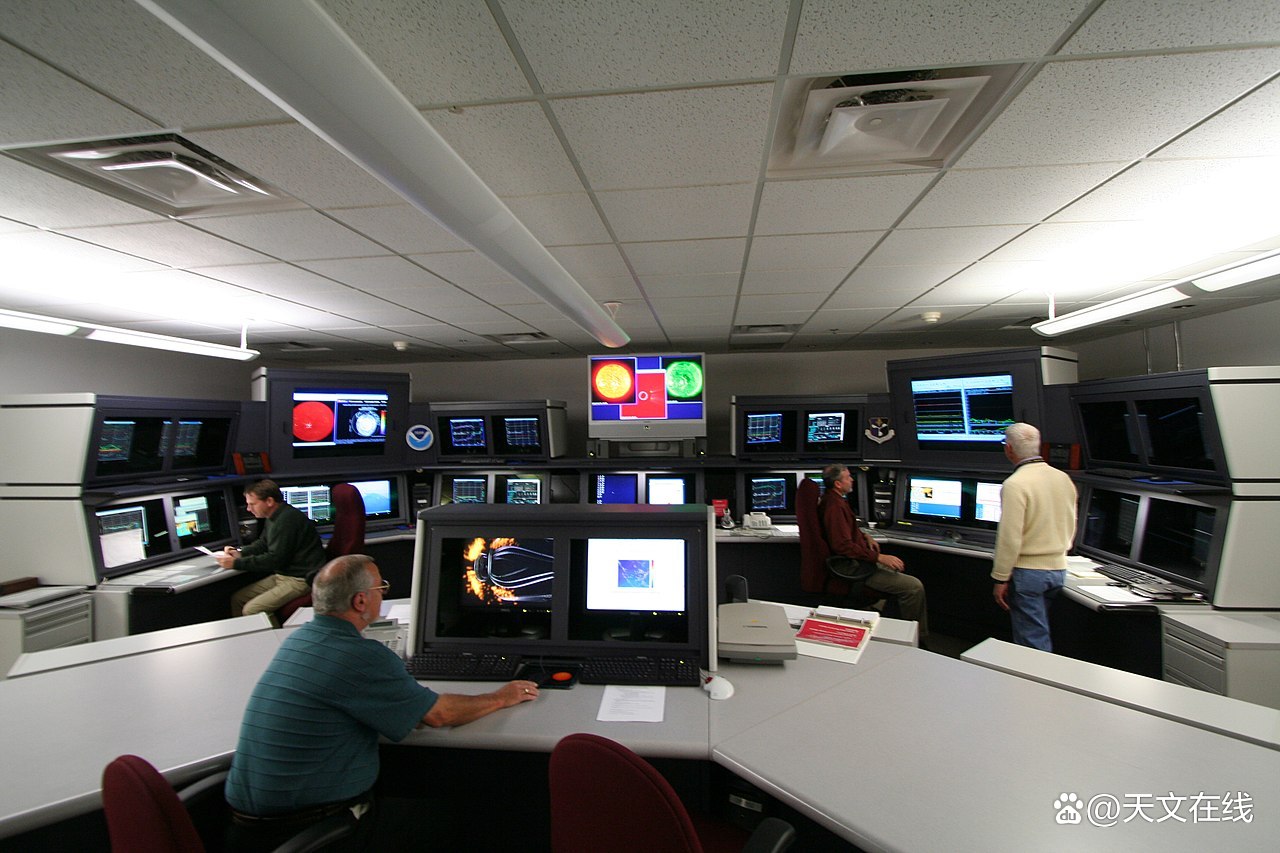
Picture source: noAA
Forecast of contradictory
The sun event in December 2019, which symbolizes the arrival of a new Sun Kuroko cycle -No. 25 cycle. The latest forecast is that its event will reach the peak around the mid -2025. But even so, not all solar research scientists can reach a consensus on how high their peaks can eventually reach. At present, the existing consensus is that the No. 25 cycle starts low, but it will eventually usher in the peak of the sun sunspots between 95 and 130. This data is far lower than the average cycle of sun sunspots between 140 and 220.
However, an article prediction published in the magazine published in solar physics in November 2020 holds a completely opposite view. Its forecast believes that the intensity of the No. 25 cycle of the sun is sufficient to compare with some of the highest strengths since the record.
Therefore, we can only see what will happen in the next few months or years. But even if it is really lower than the average level of the solar cycle, this does not mean that there is no risk of space extreme weather. "The influence of the sun on our daily life is real and practical. The Space Climate Forecast Center can be on the job every year for 24 hours, 7 days, and 365 days a week. This is precisely because the Sun will provide us with predictable things. "Doug Biesecker, a solar physicist at the Space Climate Forecast Center.
By: Joe Rao
Fy: ZEKKI
If there is related content infringement, please contact the author to delete after the work is released
Reprinted, please obtain authorization, and pay attention to maintaining integrity and indicating the source
- END -
Zhang Chaoyang dialogue Yu Minhong: Talking about the universe, anxiety, entrepreneurship, and life

Cover reporter Wu YujiaRecently, Zhang Chaoyang, the founder of Sohu, chairman and...
Official announcement IQOO10 series not only Snapdragon 8+, but also self -developed chips V1+ frame rate performance will be significantly improved

Tomorrow is the official release of the # IQOO10 # series. On the last day of the ...